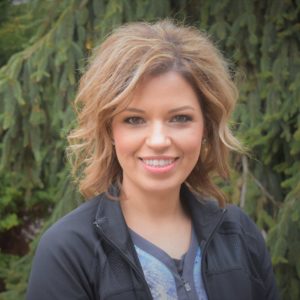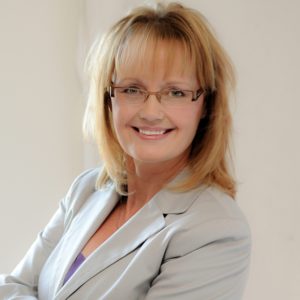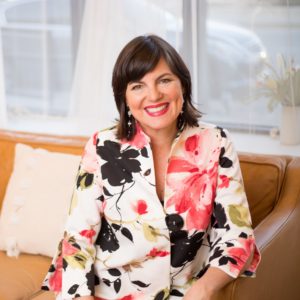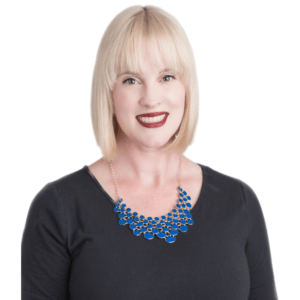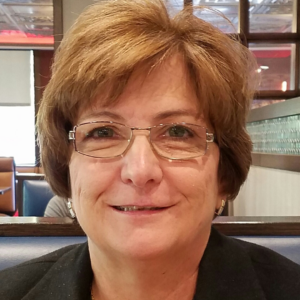Using Technology to Support the Needs of Memory Care Residents

Amanda Runnoe, vice president of clinical and quality operations, Heritage Senior Living
Technology plays an important role in the senior care industry, but it’s particularly valuable in memory care settings. From supporting cognitive function to increasing resident safety, technology helps to support better resident care.
Unique Applications of Technology in Memory Care Settings
Many memory care units and organizations are already using technology to support their residents. Amanda Runnoe, vice president of clinical and quality operations at Heritage Senior Living in Wisconsin, explains that the organization uses technology in multiple ways.
The MapHabitProgram is an interactive, hands-on care management program that uses a patented visual mapping system. That system is paired with smart devices and mental exercises that help to improve resident cognition and reinforce routine habits.
Heritage Senior Living also utilizes Dele Health Tech, a real-time fall management system. The system features sensors and artificial intelligence positioned throughout a resident’s room or living space.
The organization has also installed the TrueLoo, a smart toilet that provides staff with data about a resident’s health and well-being. Staff are able to detect emerging health issues and take action early on, based on individual residents’ trends.
“The technologies we’ve implemented have come from our desire to further improve upon systems and solve problems,” explains Runnoe. “For example, we identified that residents with cognitive impairments frequently do not call for assistance after experiencing a fall. We explored fall prevention systems and found a dignified fall prevention technology which offers a sensor technology to notify care teams in real time of fall occurrences.”
Runnoe explains that technology systems have contributed to improved resident care. She notes that, thanks to technology, care teams can quickly access details about each resident’s allergies, medical diagnoses, medication orders, and the level of assistance that they need for daily living activities. “Having this information easily accessible is critical to providing the best resident care.”
She also notes that technology has allowed Heritage Senior Living to establish standards of care and processes across its 15 locations in Wisconsin. “It has allowed us to monitor quality indicators and implement systems to improve clinical outcomes for our residents,” she says. “Additionally, it has enhanced communication between employees, residents, and families.”
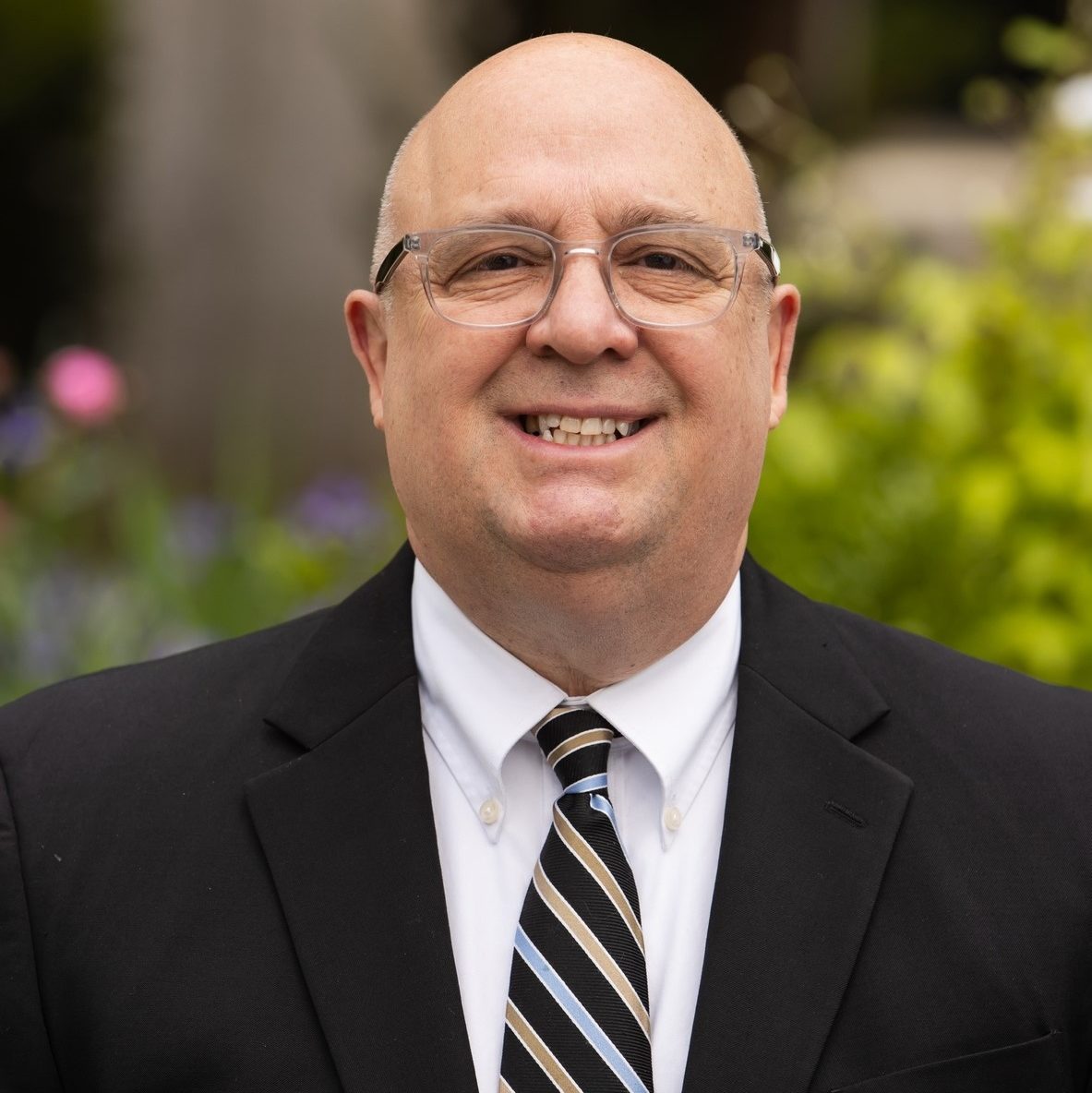
Andrew Carle, adjunct faculty and lead instructor for the graduate curricula in senior living administration, Georgetown University
Andrew Carle, adjunct faculty and lead instructor for the graduate curricula in senior living administration at Georgetown University, is also nationally recognized for his work in senior living. Carle coined the term “Nana Technology™” to describe microchip-based technology designed, intended, or that can be used to improve the quality of life for older adults. Carle was one of the lead designers of Shenandoah at The Virginian, a one-of-its-kind memory care community for seniors in Fairfax, Virginia.
When identifying the technology to include in Shenandoah, Carle focused on how that technology could improve the quality of life for older adults. With 25 years of experience designing memory care facilities, Carle selected technology that fell into three categories: Improving safety, increasing engagement for residents, and improving overall health and wellness.
To support health and wellness, the community chose an advanced circadian lighting system that mimics the natural light of the sun throughout the day. The system is programmed, so it can be set to mimic light patterns in any time zone or location. Memory care residents can experience sundowning and can lose track of time, but the circadian lighting can help to restore their biorhythms. The system in the sensory lounge even features the ability to change light colors to promote different moods, such as a calm or more relaxed outlook.
The community is currently assessing the addition of SafelyYou. The system includes a camera that is installed in the corner of each resident’s apartment, and it captures falls. Only the falls are recorded; all other data is instantly deleted. As a result, staff can see the video of a fall within seconds, and can see what actually happened, including what caused the fall. Staff can better assess the severity of a fall, determine whether a resident needs to go to the emergency room, and take appropriate corrective action to prevent future falls.
Shenandoah features multiple technology systems to support resident engagement. Obie, a hand motion gaming system that has been used in Europe, was introduced to the United States about a year ago. “We were one of the first communities in the United States to have it,” says Carle. The system is easy to use, and residents can play games simply by waving their hands. The system tracks data so staff can monitor which games each resident likes to play, how long they play, and any changes in their response times that might indicate a health concern.
The community also uses SingFit Prime, a singing app that was created by music therapists. The app combines singing, movement, and reminiscence. “It’s very engaging,” says Carle. “Every song has a purpose and a reason, and it incorporates movement or trivia.”
LifeBio, an agetech company, helps to capture each resident’s life story. This evidence-based app asks specific, guided questions via an online portal. Residents and their adult children can be interviewed, and the app’s artificial intelligence technology transcribes those voice interviews. The platform can also record residents’ voices, and store photos of their lives.
The results are threefold. The platform produces an edited life story book that can be printed out, so family members or the residents can have their own copies of the book. The book includes the pictures that had been submitted, and details the resident’s life story. The platform also creates a one-page snapshot of each resident, as well as an action plan document that caregivers can use to get to know more about the resident’s background.
Best Practices When Introducing New Technology to Organizations
When choosing technology, Carle highlights the importance of using evidence-based products with proven effects. “Don’t get caught up in all the bells and whistles, or in things that look cool but don’t have real science behind them,” he recommends. He also suggests looking primarily at technology that strongly addresses safety, engagement, or health and wellness.
Runnoe highlights the fact that introducing change, whether that’s technology or not, can be challenging. “Some people are resistant to change and prefer the comfort of familiar tools and processes,” she says. “We’ve learned that it’s important to involve teams as early on as possible to help them to understand the intent and purpose of the technology. Early involvement can help to build employee buy-in.”

Paige Cerulli is a contributing writer to i Advance Senior Care.
Related Articles
Topics: Activities , Clinical , Featured Articles , General Technology , Information Technology , Resident Care , Technology & IT




